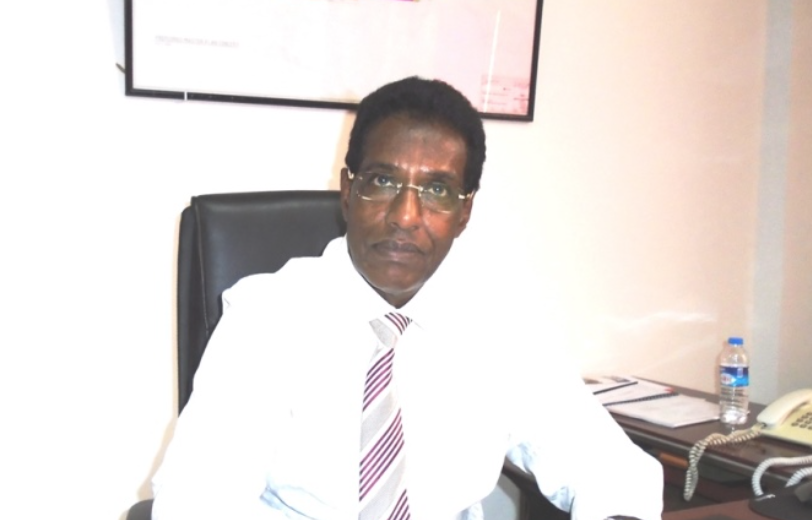
Fortune News | Oct 10,2019
There has been a long-standing ritual for the women that come to be treated at the Addis Abeba Fistula Hospital, which was co-founded by Catherine Hamlin (MD), an Australian obstetrician and gynaecologist.
“Who is the bride today?” Hamlin would ask patients that were to undergo a surgery to repair the hole that sometimes develops in the birth canal, a medical condition known as obstetric fistula.
As far as she was concerned, for a woman suffering from this condition, the surgery was a rite of passage, a rebirth of some sort. It was their ticket to rejoining society, without the stigma obstetric fistula induces.
“Are you happy?” she would ask them after they come out of the surgery.
They receive new dresses, and a modest get-together is arranged where staff and patients would dance together to traditional music. The idea, as articulated by Hamlin and observed by the staff, is to create a feeling of normalcy for women who had been made social pariahs and scarred psychologically as a result.
For Hamlin, the obstetric fistula was not just a condition of the body but of the mind. Its socioeconomic and psychological consequences are far-reaching. Mostly caused as a result of obstructed labour or teenage pregnancy, a hole in the birth canal results in the incontinence of urine or faeces. The women, mostly from impoverished households, experience social rejection and depression as a result. Thus, Hamlin's goal was to treat both the body and the mind.
“She would attach herself emotionally to many of her patients,” says Ambaye Woldemicheal (MD), who worked in a leadership position at the Hospital for over 13 years. “She was not perfect, as no person is, and she used to make me mad sometimes, but her care for people has always made me question if I have done enough for my country.”
There is no better anecdote to illustrate the close relationship Hamlin struck up with her patients than the story of Mamitu Gashe. Her story represents a triumph of human perseverance, in which Hamlin played a critical role.
Mamitu, who refers to Hamlin and her husband Reginald (MD) as “Mom” and “Dad,” was eight months pregnant when she first came to Addis Abeba in the early 1960s. A painful pregnancy, her sister’s godmother helped her get a bed at Zewditu Hospital.
The labour did not end well, and she developed an obstetric fistula. After 15 days at Zewditu, she was referred to the Hospital. The surgery went well, and Mamitu was cured. But she did not have any prospects - a place to go or a livelihood to support herself with.
An opportunity presented itself. A staff member had to go on leave for 15 days. Mamitu was approached by the Hamlins.
“Do you want to be my daughter?” they asked Mamitu. “Start by making the beds.”
Mamitu obeyed. She was disciplined as well as a fast learner. The Hamlins adored her. Their invitation was extended.
Before long, Mamitu was present in the surgical rooms, fetching equipment for Hamlin as the Australian operated. A few years in, she had started suturing patients. After many more years of tutorship under the Hamlins, Mamitu, without any formal medical training, graduated to be a fistula surgeon.
Today, still living within the compound of the Hospital, she is an internationally certified fistula surgeon featured in the BBC’s 2018 “100 Women” of the year.
“She was both my mother and father,” says Mamitu of Hamlin. “Until the very end, I was by her side.”
Hamlin passed away on March 18, 2020, in Addis Abeba, at 96 years old and was laid to rest last Monday. Survived by her son, Richard, 67, who lives in the United Kingdom, her passing was met with an outpouring of grief from medical professionals as well as government officials who recognised the role she played in lessening the suffering of women with the condition.
She and her husband, who passed away in 1993, first came to Ethiopia in 1959. They had assumed they would stay a couple of years teaching midwifery in one of the most impoverished countries in the world. Coincidentally, they would discover that the obstetric fistula, a medical condition largely eradicated in the developed world, continued to torment women in Ethiopia.
Hamlin Fistula Ethiopia was established in 1974 as a foundation. It would survive subsequent regimes, attract professionals from all over Ethiopia and donors from around the world. Today, the foundation has under it the Addis Abeba Fistula Hospital, five regional hospitals, a midwifery school and, true to Hamlin’s belief in post-trauma care, a farm and training centre for long-term patients.
One of the complex problems presented with the medical condition is that, since it is usually women from deeply conservative and impoverished communities who most suffer from it, they have no guarantee of returning back to society or being able to make a living.
This situation is even more complicated, because fistula repair is not always successful, and some women are forced to live with it for the rest of their lives. Even when this was the case, Hamlin found a way to help.
“She used to come to buy handmade clothes from us when she wanted to give people gifts,” says Kathy Marshal, general manager of Sabahar, a textile company that would a decade ago begin to collaborate with the foundation to help women who could not get successful fistula repair treatments.
The textile company utilised hand-spun cotton to make the clothes, a job that can be carried out by women from poorer backgrounds without having to leave their homes. About 25 women were first employed by Sabahar. Every two weeks, un-spun cotton is taken to their homes, most of whom live near the Hospital, and bought back from them after it has been processed into workable yarn.
Having known her for 15 years, Kathy believes that most of this was possible as a result of Hamlin's principles in life.
“She acted justly, loved mercy and walked humbly,” she said, quoting a Bible verse.
She was humble and loved her patients enough that she turned to Sabahar when she needed to buy a gift for a high profile individual she was to meet in 2011. She bought a scarf that was made from the threads spun by her patients. The scarf made its way to Australia and into the personal collection of a visiting Elizabeth II, Queen of the United Kingdom and the Commonwealth.
PUBLISHED ON
Mar 28,2020 [ VOL
20 , NO
1039]

Fortune News | Oct 10,2019

Fortune News | Jul 25,2020

Obituary | Jun 17,2023
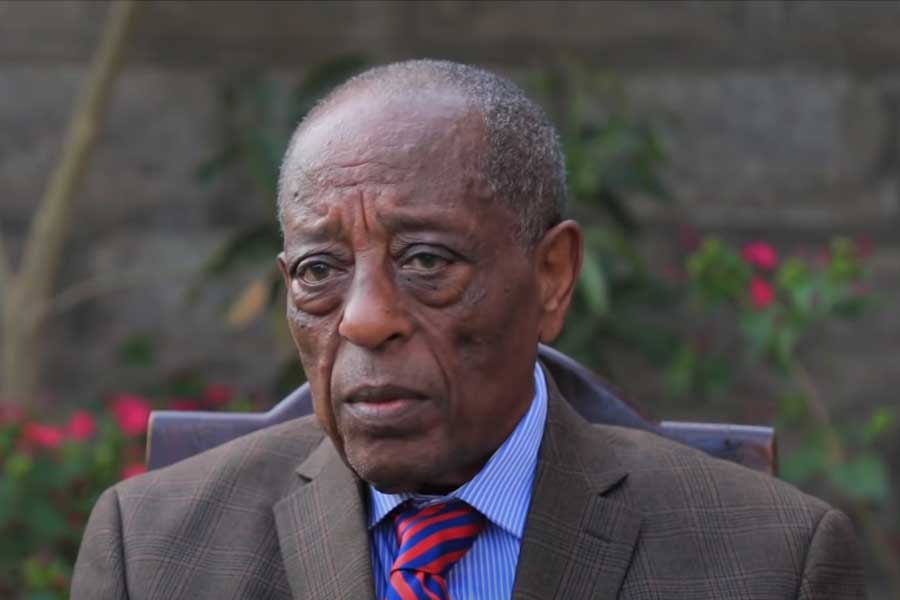
Obituary | Apr 25,2020
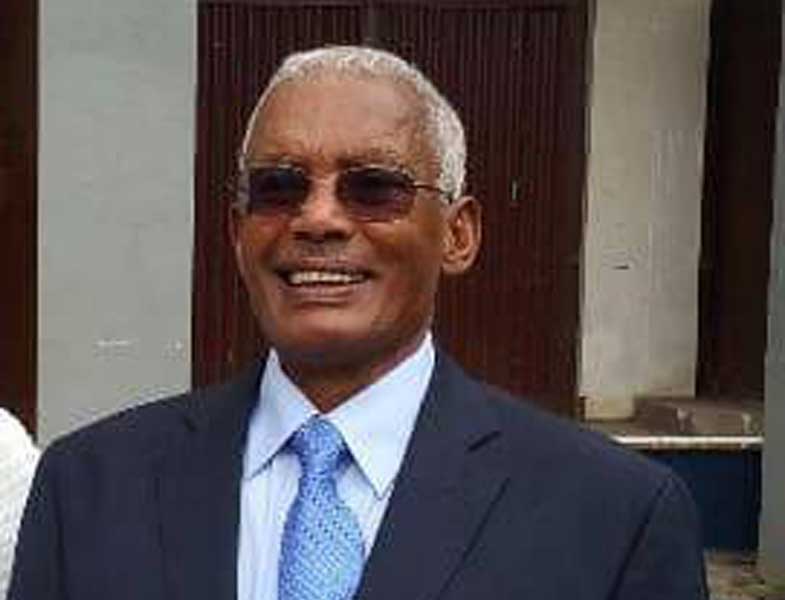
Obituary | Dec 19,2020

Radar | Dec 08,2024
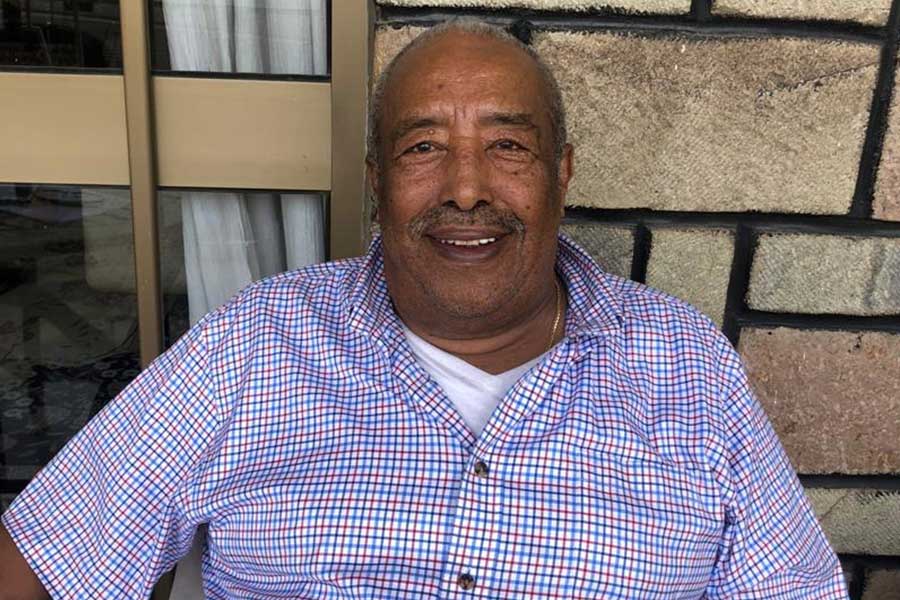
Obituary | Jul 13,2020

Sunday with Eden | Nov 16,2024

Life Matters | May 04,2019
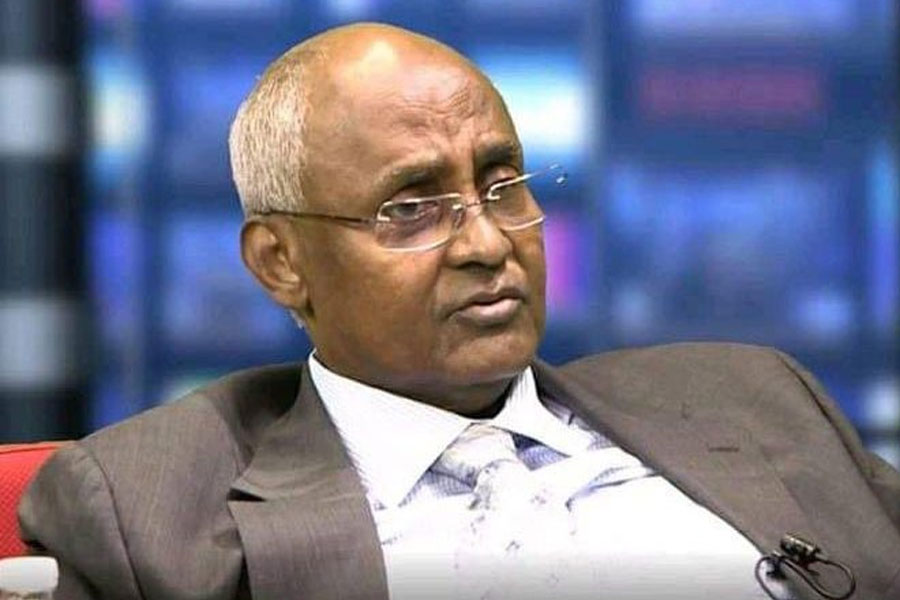
Obituary | Oct 03,2020

Dec 22 , 2024 . By TIZITA SHEWAFERAW
Charged with transforming colossal state-owned enterprises into modern and competitiv...

Aug 18 , 2024 . By AKSAH ITALO
Although predictable Yonas Zerihun's job in the ride-hailing service is not immune to...

Jul 28 , 2024 . By TIZITA SHEWAFERAW
Unhabitual, perhaps too many, Samuel Gebreyohannes, 38, used to occasionally enjoy a couple of beers at breakfast. However, he recently swit...

Jul 13 , 2024 . By AKSAH ITALO
Investors who rely on tractors, trucks, and field vehicles for commuting, transporting commodities, and f...

Sep 6 , 2025
The dawn of a new year is more than a simple turning of the calendar. It is a moment...
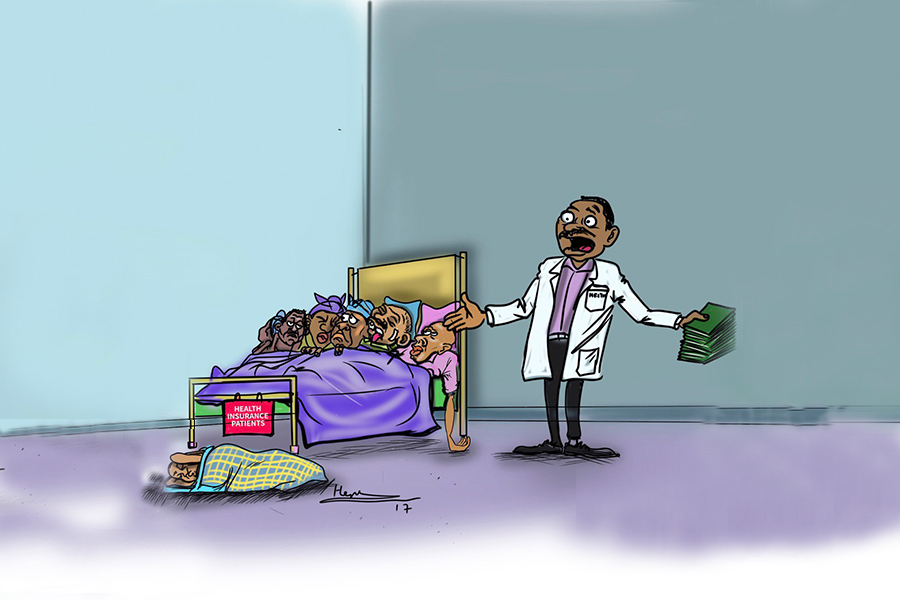
Aug 30 , 2025
For Germans, Otto von Bismarck is first remembered as the architect of a unified nati...

Aug 23 , 2025
Banks have a new obsession. After decades chasing deposits and, more recently, digita...

Aug 16 , 2025
A decade ago, a case in the United States (US) jolted Wall Street. An ambulance opera...